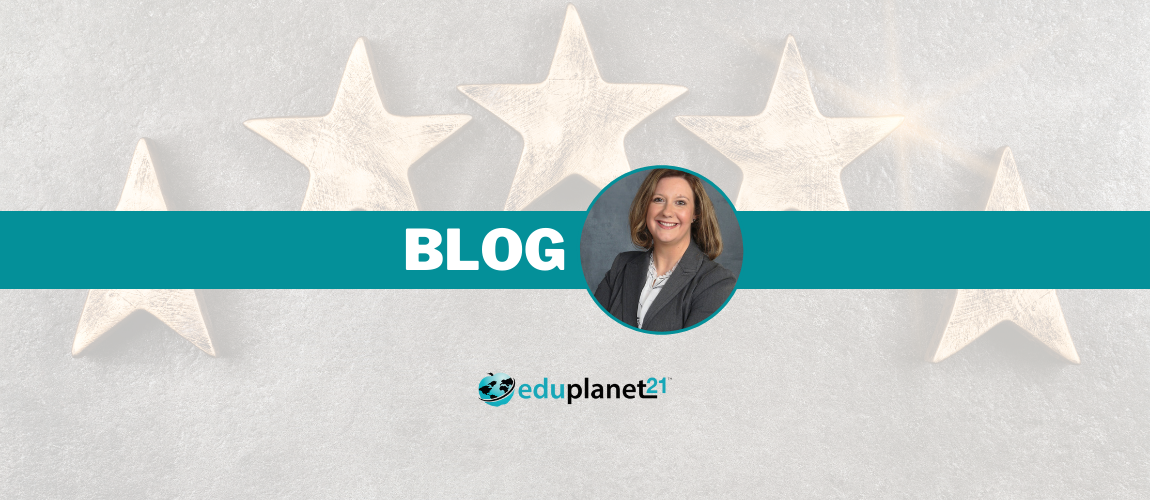May 2, 2021
In our race to implement emergency schooling, we mixed up teacher and school teams in ways we had not done previously. We were not bound by grade levels, departments, or even positions. Instead, the focus was skill- and need-based. For too long, professional learning rosters (i.e., who we expect to show up and be in the room) have been driven by placement rather than purpose. We have an opportunity now to get the guest list right.
You don’t sit at a formal dinner table with bar stools or put a plush armchair on your back patio. All chairs provide the same function of a place to sit, but they serve different purposes. We recognized this over the past year as we became more thoughtful about communication sent via email, preparation that could be completed independently, activities that benefited from live synchronous engagement, and those we wanted to shelf until we were back together physically. There was clear intention and alignment between function and form in our gatherings. Not every professional learning experience must default to a Zoom meeting or face-to-face session. Let’s setup the right kind of chairs.
The strongest organizational cultures are those that operate in collision-rich environments – those in which staff members consistently engage with one another. It is close proximity, rather than closed doors, that fosters strong relationships. Mingling became a bit easier this past year as staff members jumped from one virtual space to another and connected without having to walk cross-campus. In some ways, this new type of distance actually illuminated ways for us to bump into one another more often. Whether it happens physically or virtually, mingling matters. Make it easy for staff members to collide and connect.
Anytime we plan for a large party, we also plan for the worst-case scenario. What if it rains? What if we don’t have enough food? Our pandemic planning this past year took this to a completely new level. We looked at probabilities and possibilities from every angle. We planned for the worst and hoped for the best. And through this process, we uncovered some amazing and innovative practices in teaching and learning. In our school environments, we are not always open to inviting conversations from nay-sayers, but there is value in worst-case scenario planning. It pushes us to problem-solve, stretch our practice, and develop new standards for what’s possible. Keep planning for rain, keep poking holes in the plan… and then fill them with new ideas together.
This past year offered one long collective pause. Together, amid grounded planes, canceled plans, and lockdowns, we took a deep and cleansing breath. We planted, we cooked, we played, we read, and we looked at the world with a new sense of wonder. Amid the uncertainty, we had time and space for reflection. For some of us it came on morning runs or afternoon walks. For others we replaced hurried commutes with an extra cup of coffee. But for all of us, there was opportunity for reflection. As we look to refill bell schedules, staff meetings, and professional learning calendars, we must create space to pause and take deep breaths. Reflective practice needs time in the same way instructional practice does.
To learn more about Edupanet21’s curriculum design platform supported by professional learning for your school or district, contact us.
To learn more about Allison Rodman and The Learning Loop, please visit her website.
